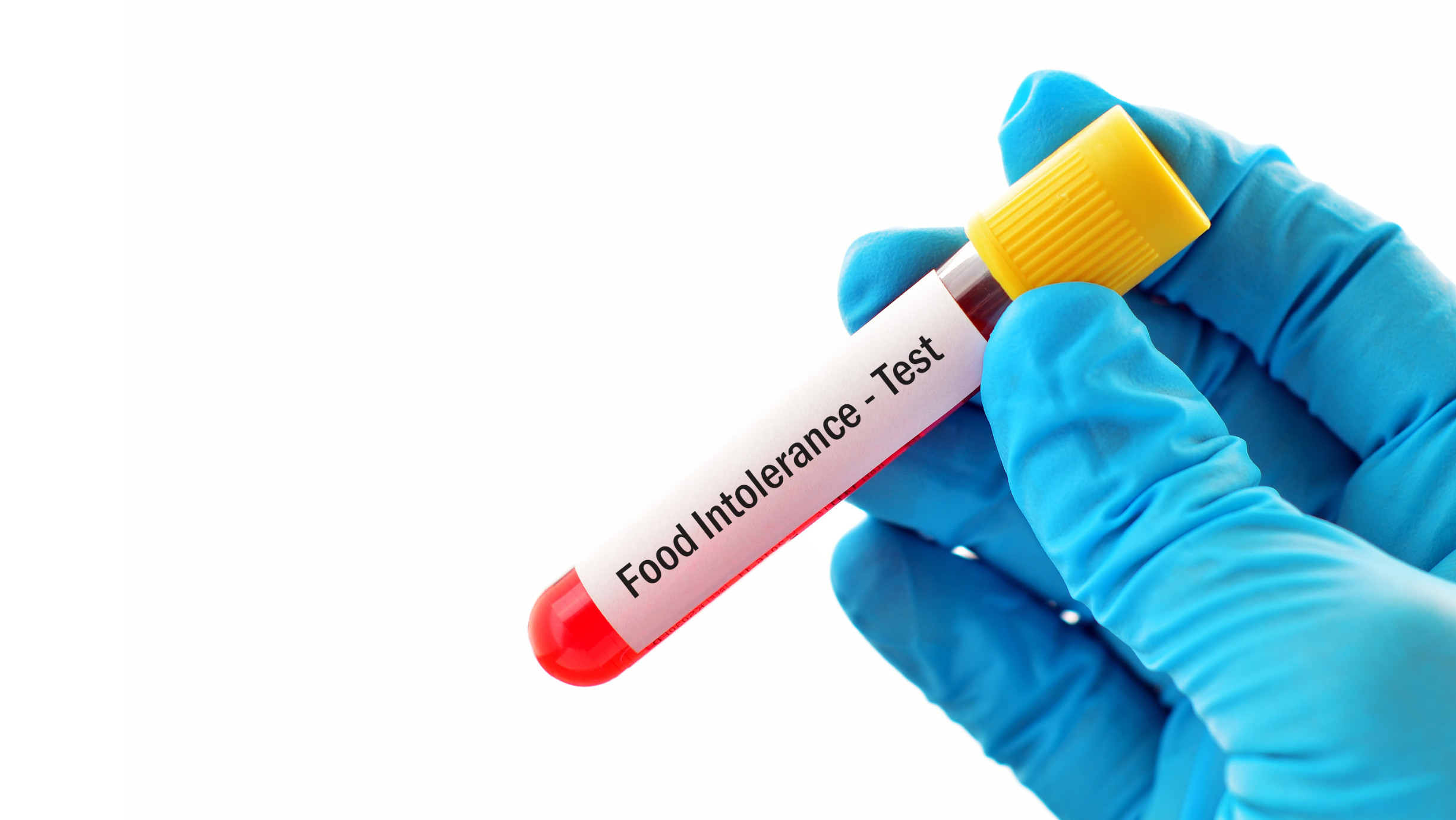Food intolerance is a condition where a person struggles to digest or process certain foods. Unlike allergies, it doesn’t involve an immune system response. Symptoms include digestive issues, headaches, skin rashes, and fatigue. Common types are lactose and gluten intolerance. Diagnosis can be difficult, but methods like elimination diets and blood tests help identify trigger foods. Treatment involves dietary adjustments and sometimes enzyme supplements. Seeking medical advice is important for managing food intolerance effectively.
The main difference between food intolerance and a food allergy lies in the body’s immune response.
Food intolerance refers to difficulty digesting or processing certain types of food. It typically arises from an inability to break down or absorb specific food components. Symptoms may include digestive issues like bloating, gas, abdominal pain, and other non-specific symptoms like headaches or fatigue. Food intolerance does not involve an immune system response.
On the other hand, a food allergy is an immune system reaction to certain proteins in food. When someone with a food allergy consumes the triggering food, their immune system perceives it as a threat and releases chemicals, such as histamine, which can cause a range of symptoms. These symptoms can be mild, such as hives or itching, or severe and life-threatening, like anaphylaxis.
Food allergies often have immediate and noticeable symptoms, such as swelling, rash, difficulty breathing, or gastrointestinal distress shortly after consuming the allergenic food. In some cases, even a tiny amount of the allergen can trigger a severe reaction.
Food allergies are typically diagnosed through specific tests, such as skin prick tests or blood tests, and strict avoidance of the allergenic food is the primary treatment. In contrast, managing food intolerance usually involves dietary modifications to minimise or avoid foods that trigger symptoms.
Food intolerance can be caused by various factors, including:
– Enzyme deficiencies: Some food intolerances occur due to a lack or deficiency of specific enzymes needed to properly digest certain food components. For example, lactose intolerance arises from a deficiency of lactase, the enzyme responsible for breaking down lactose in dairy products.
– Sensitivity to food additives: Certain food additives, such as sulfites, monosodium glutamate (MSG), or artificial sweeteners, can trigger food intolerance symptoms in sensitive individuals. These additives are commonly found in processed foods, condiments, and beverages.
– Irritable bowel syndrome (IBS): IBS is a chronic digestive disorder that can lead to various food intolerances. The exact mechanisms are not fully understood, but IBS-related food intolerances may involve increased sensitivity to certain types of food or difficulties in digestion and absorption.
– Gut microbiota imbalances: The composition of bacteria in the gut (microbiota) plays a crucial role in digestion and overall health. Imbalances in gut bacteria can contribute to food intolerances by affecting the digestion and absorption of certain food components.
– Underlying medical conditions: Some medical conditions, such as celiac disease, inflammatory bowel disease (IBD), or pancreatic disorders, can cause food intolerances. These conditions disrupt the normal functioning of the digestive system, leading to difficulties in processing specific foods.
The symptoms of food intolerance can vary widely from person to person. The specific symptoms experienced may depend on the type of food intolerance and the individual’s sensitivity.
Common symptoms of food intolerance include:
– Digestive issues: This can include bloating, gas, abdominal pain, cramps, diarrhoea, constipation, and nausea.
– Headaches: Some individuals may experience headaches or migraines after consuming trigger foods.
– Skin problems: Food intolerance can manifest as skin-related issues, such as rashes, eczema, itching, or hives.
– Fatigue: Feeling tired, sluggish, or experiencing a lack of energy is a common symptom associated with food intolerance.
– Joint pain: Certain individuals may experience joint pain, stiffness, or inflammation as a result of consuming specific trigger foods.
– Brain fog: Food intolerance can affect cognitive function, leading to difficulty concentrating, memory problems, or a feeling of mental fogginess.
– Mood changes: Some people may experience mood swings, irritability, anxiety, or depression related to food intolerance.
You can arrange a consult with one of our healthcare professionals, who specialises in diagnosing and managing this.
Here are the typical steps involved in the diagnostic process:
Here are some common methods used to diagnose food intolerance:-
– Medical history and symptoms assessment: Your healthcare provider will ask about your medical history and inquire about the specific symptoms you’re experiencing. Be prepared to provide detailed information about your symptoms, their onset, duration, and any potential trigger foods.
– Elimination diet: Your healthcare provider may recommend an elimination diet to help identify trigger foods. This involves eliminating suspected foods from your diet for a period of time, typically a few weeks. If your symptoms improve during this time, you may be instructed to gradually reintroduce the eliminated foods to observe if they cause a recurrence of symptoms.
– Food diary: Keeping a detailed food diary can help identify patterns between your diet and symptoms. You will record all the foods you consume and any symptoms experienced. This information can assist your healthcare provider in identifying potential trigger foods.-
– Allergy testing: In some cases, allergy testing may be performed to rule out food allergies. This can include skin prick tests or blood tests that measure the presence of specific antibodies related to food allergies.
-Medical tests: Your healthcare provider may recommend certain medical tests to assess digestive function or rule out other underlying conditions. These tests may include blood tests, stool tests, breath tests, or imaging studies, depending on your specific symptoms and medical history.
